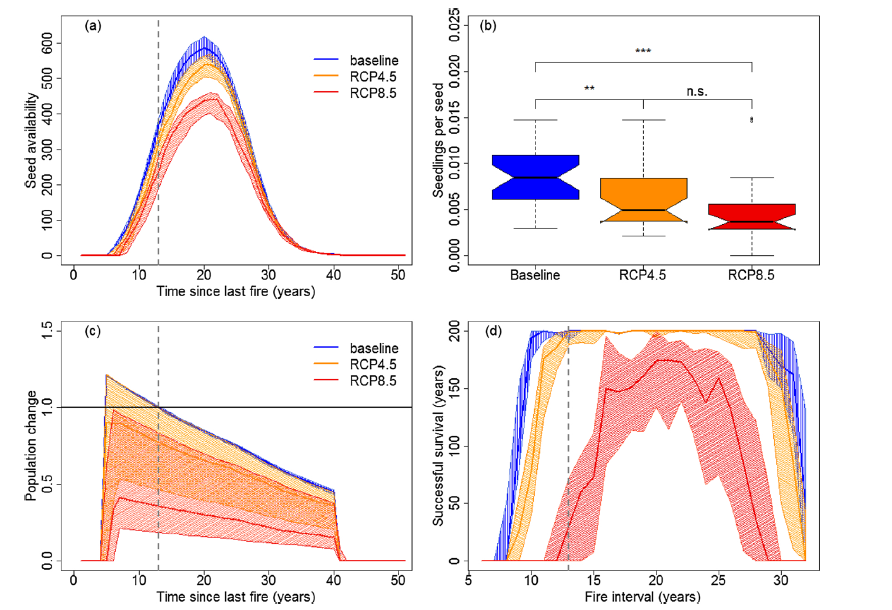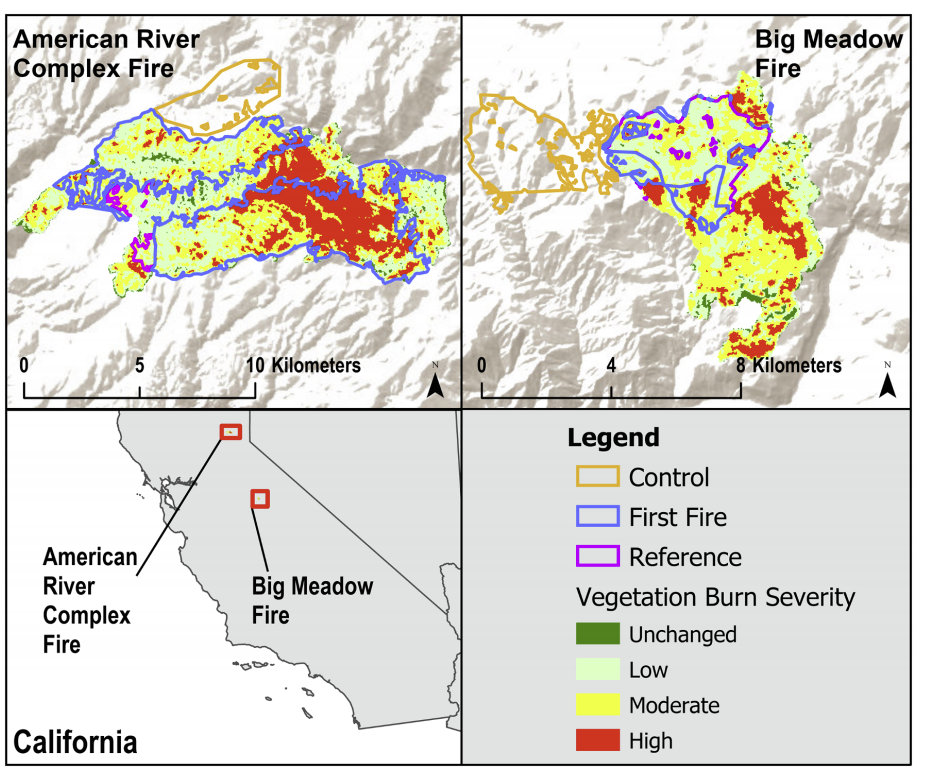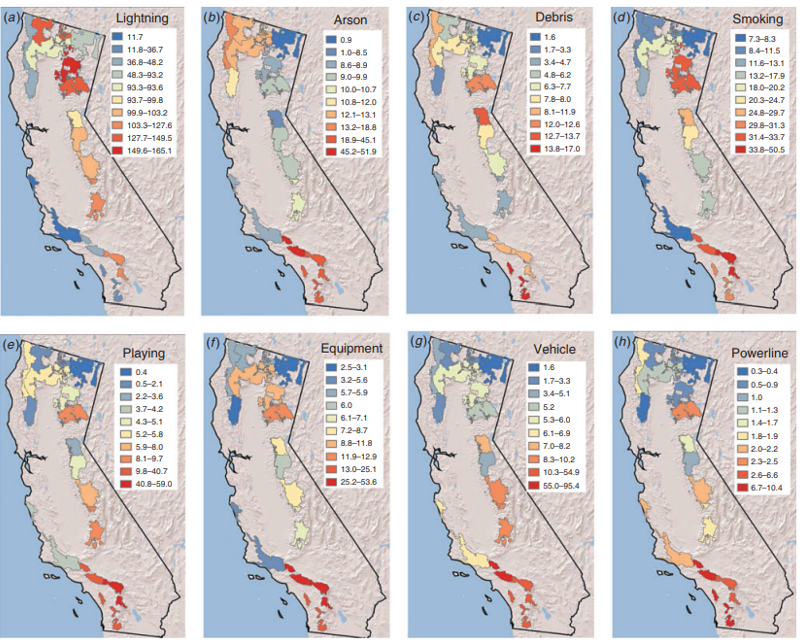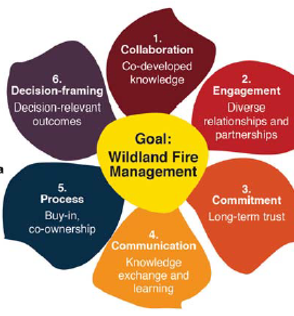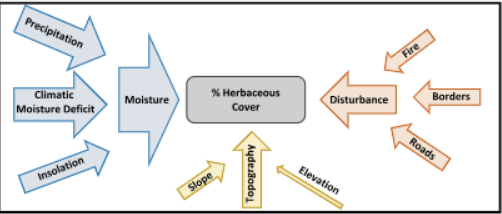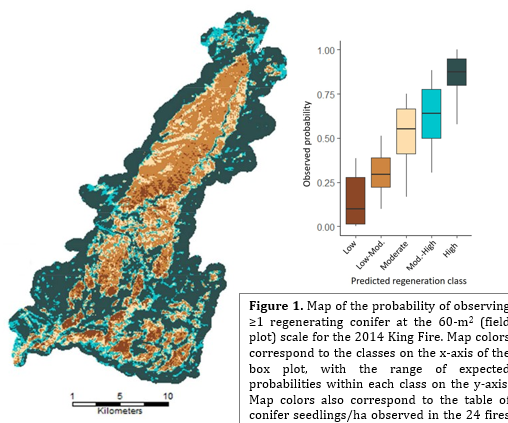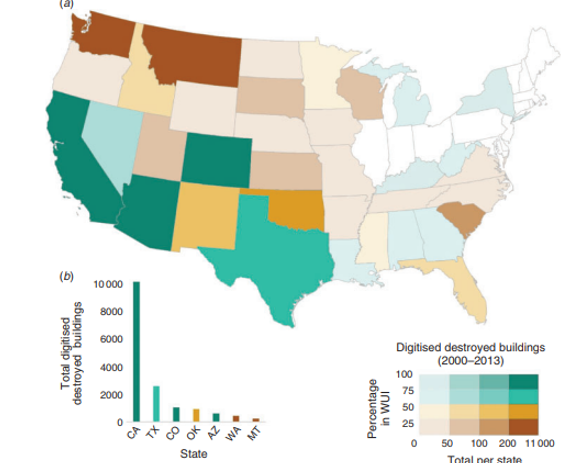Interval Squeeze In Action: Modeling Woody Plant Species Survival Under Three Climate Scenarios: Research Brief
/To test the Interval Squeeze Model concept on real, fire sensitive woody species, these authors created a process-based model of a plant population that could be used for any serotinous, fire-killed species.
Read More
